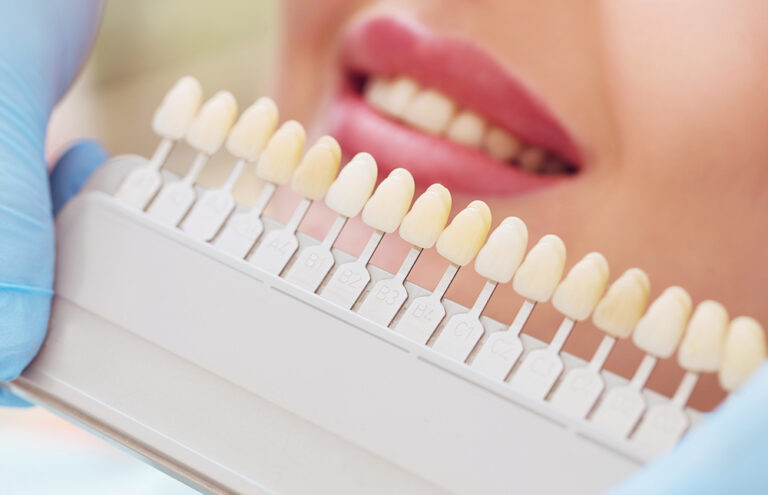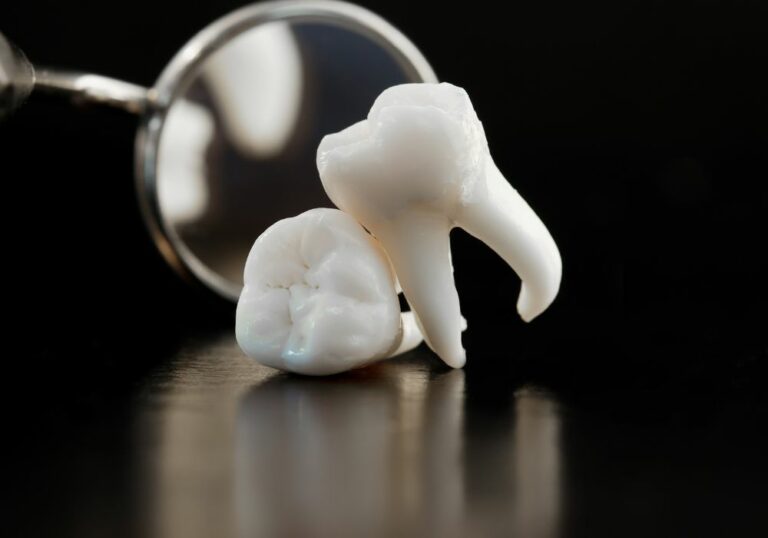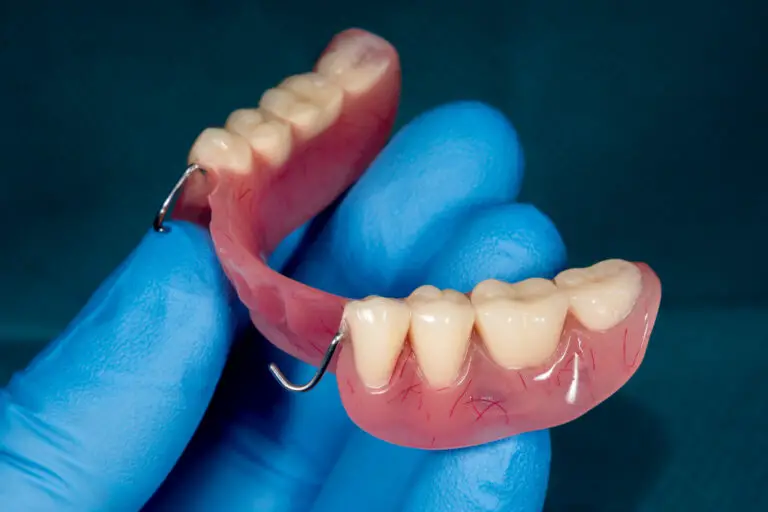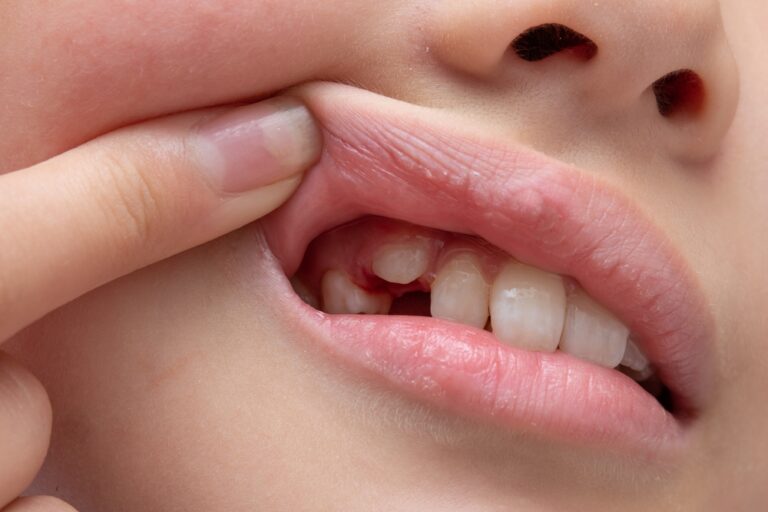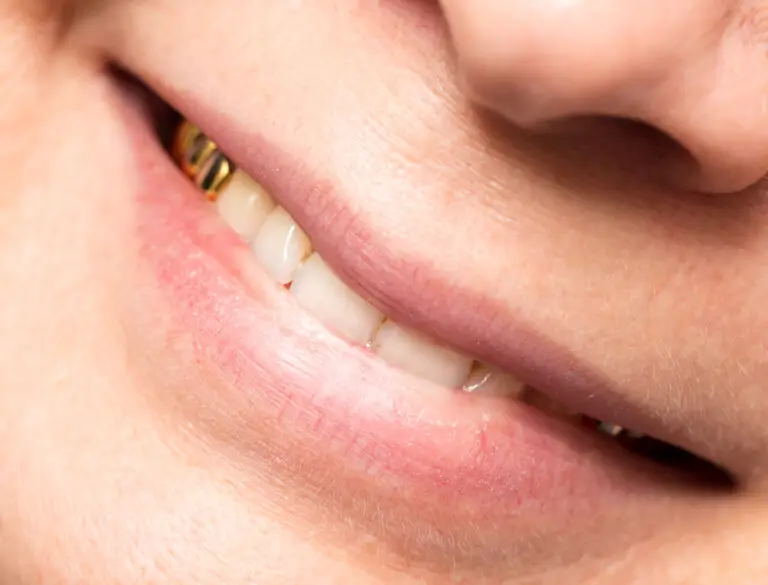Tooth enamel is made up of millions of hydroxyapatite crystals that give teeth their strength and mineral content. Hydroxyapatite is a crystalline structure containing calcium, phosphate, hydroxyl groups, and other trace minerals like fluoride.
When the enamel loses minerals due to acid attacks, pores are created in the crystal surface. This is called demineralization and is the start of tooth decay. The more minerals lost, the weaker and more porous the enamel becomes. Eventually this can lead to cavities if the process continues unabated.
Remineralization is the natural repair process where minerals like calcium, phosphate and fluoride are deposited back into these pores, re-hardening the enamel. This reverses early decay and restores strength to the teeth. Some key points about remineralization:
- It is an ongoing cycling process that balances demineralization which occurs after eating foods, especially acidic and sugary ones.
- Saliva acts as the main mineral reservoir allowing constant mineral redeposition.
- Fluoride makes remineralization more effective by promoting formation of fluorapatite which is more acid-resistant.
- The earlier remineralization occurs in the decay process, the more effective it is at reversing damage.
- Over time, the continued layering of new minerals can rebuild areas of previously demineralized enamel.
Factors that impact remineralization
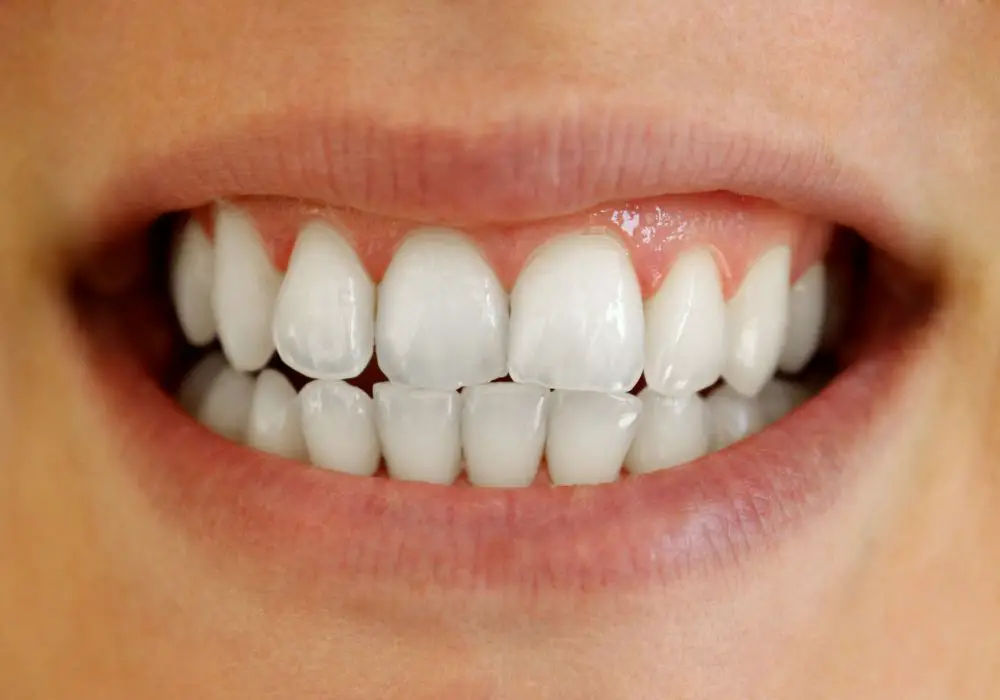
Several factors can accelerate or hamper the remineralization process:
Exposure to minerals – Frequent contact with sources of bioavailable calcium, phosphate, fluoride and magnesium encourages remineralization. Minerals are obtained through saliva, diet and topical treatments.
pH level – A neutral or alkaline pH allows minerals to precipitate back into the enamel. Acidic environments favor demineralization instead.
Presence of saliva – Saliva provides a mineral reservoir. Proteins aid redeposition and buffering prevents an acidic pH. Low saliva impedes remineralization.
Oral hygiene – Plaque on teeth reduces contact with saliva. Bacteria produce acids that create localized acidic zones. Good cleaning habits are important.
Frequency of acid attacks – Frequent consumption of acidic foods or sugary snacks feeds bacteria and keeps pH lower. This limits the periods available for remineralization to occur.
Can remineralization fully repair cavities once they have formed?
While remineralization is effective at reversing the earliest signs of tooth decay, it has limitations when full cavities have developed:
- Size of the lesion – Smaller demineralized areas remineralize faster and more completely. But larger cavities have a greater volume of missing enamel that cannot be completely refilled.
- Depth of lesion – Shallow lesions near the surface remineralize better. Deeper inner decay near the dentin progresses to cavitation faster.
- Virulence of bacteria – Aggressive bacteria continue to rapidly demineralize areas faster than remineralization. High levels of strep mutans reduce net mineral gain.
- Period since formation – Older cavities have larger zones of permanently demineralized enamel. Newly formed lesions respond better.
- Presence of biofilm – Dental plaque covering a cavity blocks off access to minerals. Thick biofilms acidify the local environment.
While remineralization of small cavities may be possible under ideal conditions, most cavities eventually need restorative intervention. However, remineralization still helps by limiting damage before filling and preventing recurrent decay afterward.
Benefits of remineralization even if full repair isn’t possible
Though cavities cannot be completely reversed once formed, strengthening the remaining enamel still has advantages:
- Slows cavity progression – Ongoing deposition of minerals hardens the periphery and bottom of the cavity, limiting its increase in size and depth.
- Reduces sensitivity – Tooth sensitivity results from fluid movement in open dentinal tubules. Remineralization partially occludes these tubules decreasing sensitivity.
- Improves aesthetics -Whitens areas of hypomineralization and fluorescence. Reduces white spot lesions and stained fissures.
- Makes enamel more acid-resistant – Fluoride incorporated during remineralization makes the enamel more durable against future acid attacks.
- Caries control – Strengthened enamel is less soluble in acid and suppresses demineralization even if remineralization is incomplete.
- Requires less invasive treatment – Smaller and shallower cavities need less drilling and preparation for restoration.
- Prevents recurrent decay – Mineralized enamel around a filling is more resistant to new lesion formation.
- Reverses precavitated lesions – Arrests progression of subsurface enamel lesions before cavity forms.
How to maximize the remineralization process
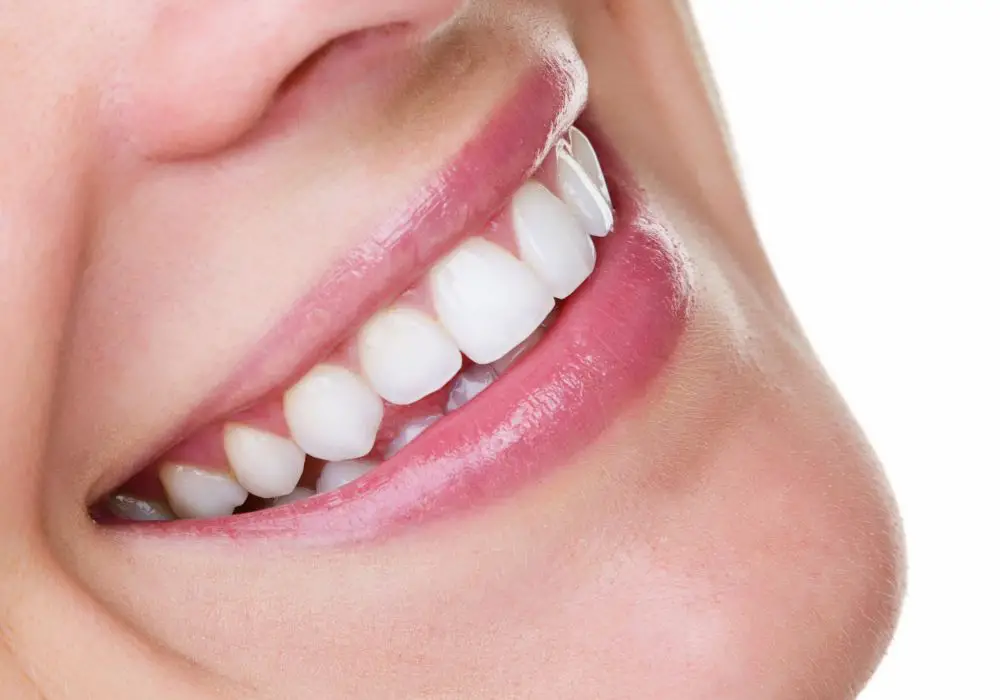
Some ways to enhance the effectiveness of natural remineralization include:
Fluoride – Fluoride makes enamel crystals more acid-resistant and calcium fluoride acts as a mineral reservoir. Use fluoridated toothpaste twice daily and consider prescription strength fluoride treatments at dental visits.
Calcium phosphate loading – High concentrations of bioavailable calcium and phosphate in saliva accelerates remineralization. Special pastes, over the counter rinses, lozenges or chewing gum can provide bursts of minerals.
Casein phosphopeptide – Casein proteins bind with amorphous calcium phosphate allowing smaller clusters to penetrate pores. Found in specialty toothpastes and professional varnishes.
Reduce acid attacks – Limiting sugary and acidic foods decreases periods of demineralization allowing remineralization to dominate. Don’t snack or sip drinks continuously.
Stimulate saliva – Chewing sugar-free gum or using saliva substitutes provides minerals and buffers acids. Best for those with hyposalivation.
Dietary sources – Eat plenty of dairy, nuts, seeds, vegetables and other foods containing bioavailable calcium, phosphate, magnesium and vitamin D to put more minerals into saliva.
Disrupt biofilm – Meticulous oral hygiene moves stagnant acidified plaque allowing better penetration of minerals into underlying enamel.
Follow up – Continue periodic remineralizing treatments to keep strength high. Frequently reapply topical fluoride especially in early weeks after filling.
The critical role of saliva in tooth remineralization
Saliva provides the constant bathing of enamel with minerals, proteins, and fluoride needed for effective remineralization. Some of the key protective components in saliva:
- Calcium and phosphate – Saliva is supersaturated with calcium and phosphate which constantly precipitate into demineralized enamel. Higher concentrations drive more rapid diffusion.
- Proteins – Protective proteins like statherin inhibit spontaneous calcium phosphate precipitation in saliva allowing higher mineral saturation. Proteins bind minerals and stabilize amorphous calcium phosphate droplets. At the enamel surface, proteins detach delivering concentrated minerals for redeposition.
- Fluoride – Some fluoride is present in saliva even without supplementation. Additional fluoride is picked up from topical exposures. Fluoride integrates into forming enamel crystals making them more acid resistant.
- Buffering capacity – Saliva has multiple buffer systems such as bicarbonate, phosphate, and proteins. This prevents the oral environment from becoming too acidic which favors demineralization.
Reduced saliva flow at night and with aging decreases the concentrations of these components compromising the remineralization ability. Ensuring good saliva flow and supplementing components like fluoride becomes more important.
How diet impacts tooth remineralization
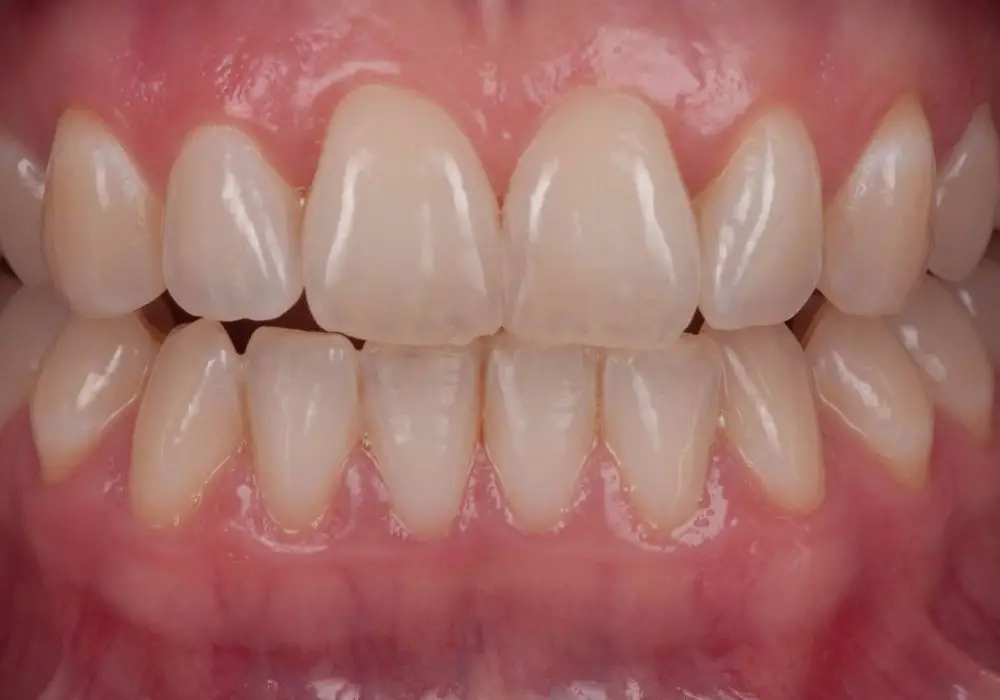
The diet is a major provider of the calcium, phosphate, magnesium and other minerals needed for remineralization of enamel. Some key facts:
- Bioavailability – Absorption of minerals for redeposition is highest from dairy products and moderate from certain plant sources like greens, soy and nuts.
- Vitamin D – Allows better absorption of calcium and phosphate from the intestines. Found in fish, dairy, UV exposure.
- Proteins – Casein and phosphoproteins bind amorphous calcium phosphate for enhanced enamel deposition. Casein is found in dairy.
- Buffering potential – Foods like milk increase bicarbonate levels in saliva improving pH buffering. This creates an environment promoting remineralization.
- Reducing carbohydrate intake – Eating fewer carbs and sugars decreases acid production from bacterial metabolism allowing periods of remineralization to occur.
- Fluoride content – Drinking fluoridated water and cooking with it adds trace fluoride needed for fluorapatite formation. Tea can contain fluoride.
Foods especially helpful for remineralization:
- Milk, yogurt, cheese – Excellent sources of calcium, phosphate, casein, vitamin D, magnesium and some fluoride depending on region. Go for full fat versions.
- Nuts like almonds, walnuts, cashews, and their butters – Good plant sources of calcium, phosphate and magnesium with some buffering potential.
- Leafy greens – Contain magnesium, vitamin K needed for calcium binding proteins, some calcium and buffering capacity.
- Salmon and sardines- Provide highly bioavailable calcium, vitamin D and protein. Avoid cooking practices that remove bones.
- Soy milk and tofu – Good alternative sources of calcium and magnesium for those avoiding dairy. Look for calcium fortified versions.
- Green tea – Fluoride content boosts remineralization. Polyphenols inhibit bacterial enzymes that produce acid. Don’t add milk to tea as it interferes.
Lifestyle factors that impede natural remineralization
Certain modern dietary and lifestyle factors can tip the balance from remineralization toward demineralization:
- Frequent snacking and sipping – Constant acid attacks and carbohydrate availability to bacteria. Doesn’t allow time for adequate remineralization periods. Promotes an acidic environment and mineral loss.
- Overconsumption of acidic foods and drinks – Frequent intake of acidic items like citrus fruits and juices, vinegar, carbonated soft drinks erodes enamel by chelating calcium. Watch combining acidic items with meals.
- Alcohol consumption – Alcoholic drinks are acidic. Swishing high alcohol concentration drinks accentuates enamel loss. Alcohol also reduces saliva flow decreasing mineral availability.
- Hyposalivation – Reduced saliva flow during sleep, aging, medication use or medical conditions lowers mineral levels. Lack of dilution and clearance leaves acids concentrated.
- Poor oral hygiene – Allows buildup of thick plaque which shields areas of enamel from saliva access. Bacteria in plaque produce localized acidity decalcifying enamel.
- Grinding and abrasion – Bruxism and aggressive tooth brushing wears down enamel making it thinner and weaker. Abrasion also rubs away newly remineralized enamel before it fully incorporates.
Following basic preventive strategies can help curtail factors leading to mineral loss and encourage effective remineralization.

